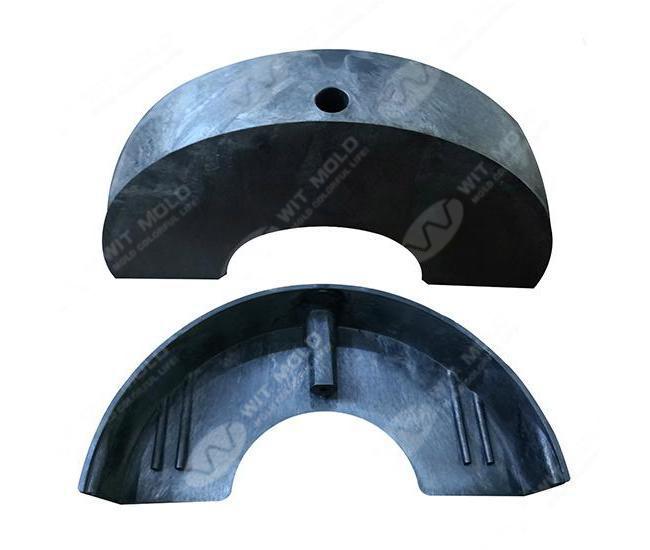Boost Strength and Cut Costs with Structural Foam Molding
Structural foam molding is an advanced manufacturing process that offers a perfect balance between strength and cost-efficiency. By incorporating a foaming agent during the molding process, manufacturers can create parts that are both lightweight and incredibly strong. This makes it an ideal choice for industries looking to optimize production while maintaining high-quality standards. In this article, we’ll explore how structural foam molding can boost strength and reduce costs in various applications.
What is Structural Foam Molding?
Structural foam molding involves injecting a combination of plastic material and a foaming agent into a mold. This process results in a part with a solid outer surface and a lightweight, foam-like core. The foam structure inside the part reduces the amount of material needed, while maintaining or even improving its strength and durability. This innovative technique is widely used in industries such as automotive, packaging, and consumer goods, offering a range of benefits.
Key Benefits of Structural Foam Molding
Increased Strength with Less Material
One of the primary advantages of structural foam molding is its ability to create strong, durable parts using less material. The foamed core of the molded part maintains structural integrity while reducing the overall weight. This strength-to-weight ratio makes it an ideal choice for applications where performance and durability are critical, such as in the automotive and aerospace industries. Parts made with this method are often 20-30% lighter than traditionally molded components, which can significantly improve the energy efficiency of end products.
Cost Savings on Material and Production
Structural foam molding offers significant cost savings over traditional injection molding methods. The reduction in material usage means that manufacturers can save on raw material costs. Additionally, the lower injection pressures required to mold these parts result in reduced energy consumption and lower overall production costs. Many companies have reported up to 30% savings on material costs alone when switching to structural foam molding.
Faster Production Times
Structural foam molding also offers faster production times compared to traditional methods. Since the process requires less material and operates at lower pressures, manufacturers can achieve quicker cycle times. This allows for higher throughput and greater efficiency in high-volume production environments. As a result, manufacturers can meet tight deadlines and increase production capacity without compromising quality.

Practical Applications in Different Industries
Automotive Industry
The automotive industry has been one of the biggest beneficiaries of structural foam molding. This technique is used to create lightweight parts, such as dashboards, panels, and bumpers, which contribute to overall weight reduction in vehicles. A lighter car consumes less fuel, which is crucial for meeting environmental regulations. For example, a car manufacturer reduced the weight of a component by 25% while improving its crash resistance by switching to structural foam molding.
Packaging Industry
Structural foam molding is also widely used in packaging, where it is used to produce sturdy yet lightweight containers. The durability and reduced weight make it an excellent material for protective packaging, ensuring that products are safe during transport while keeping shipping costs low. Companies in the electronics and consumer goods sectors have leveraged structural foam molded packaging to reduce costs and improve product protection.
Consumer Goods and Industrial Products
From furniture to industrial tools, structural foam molding is employed to create a variety of consumer goods and industrial products. For example, structural foam molding is used to manufacture furniture components, such as chairs and tables, which are lightweight yet durable enough for everyday use. The process also allows for the creation of complex shapes, providing more design flexibility for manufacturers.
Customer Case Study: Significant Cost Reduction
A manufacturer of industrial parts for heavy machinery switched to structural foam molding to produce large structural components. The company reduced its material costs by 28%, while the lighter components contributed to a 15% decrease in overall product weight. The company also reported faster production cycles, allowing them to fulfill orders in less time and improve profitability.
Why Choose Structural Foam Molding?
Structural foam molding offers a combination of strength, cost-efficiency, and faster production times that makes it a compelling choice for many industries. Whether in automotive, packaging, or consumer goods manufacturing, the benefits are clear: stronger parts with less material, reduced production costs, and faster lead times. By making the switch to structural foam molding, manufacturers can improve their bottom line while delivering high-quality, durable products to their customers.
If you’re looking for a way to boost strength, cut costs, and optimize production, WIT structural foam molding could be the perfect solution for your business.

